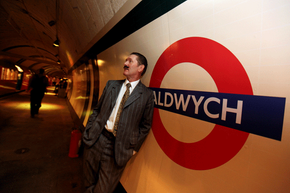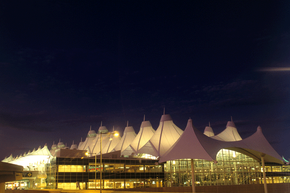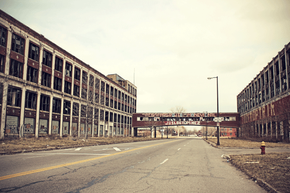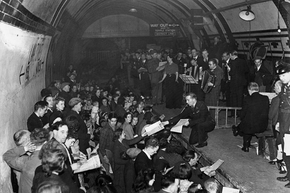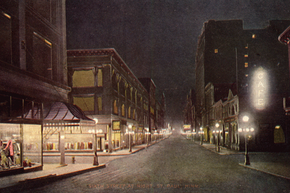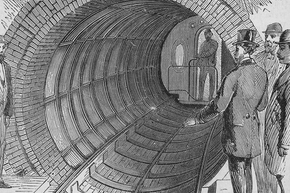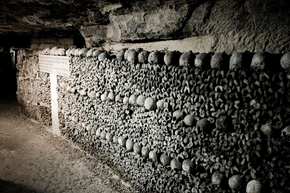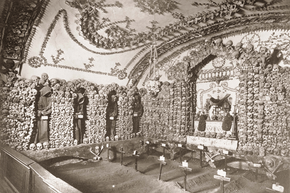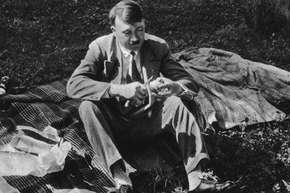The pastime now known as "urban exploration," previously called "sneaking into manmade structures to check 'em out," has grown into a bona fide movement. Devotees around the world explore the hidden sides of cities -- abandoned buildings, underground tunnels, sewer systems, unused stretches of subway -- and they're usually seeking more than the thrill of the trespass.
True abandoned structures are not exactly the most structurally sound ones out there. Injuries are not uncommon. Deaths have occurred, like those of two 20-something artists who drowned when rains flooded the storm drain they were exploring, or that of a 23-year-old who fell into an open elevator shaft in an abandoned rubber factory [sources: Baker, Maher].
Advertisement
But the draws can be tantalizing: glimpses into past architectural eras, art, urban decay, antique machinery, and cultures gone and buried, often literally. It's fodder for photographers and historians. Some explorers climb what they find. Others seek only skin-tingling immersion in forgotten things.
While there's certainly no shortage of urban roads less traveled, by definition, these places can be difficult to uncover. Here, 10 of the most lucrative locations for urban exploration. Some are already popular; others have barely been touched. Many are about as creepy as it gets.
First, in Germany ...
